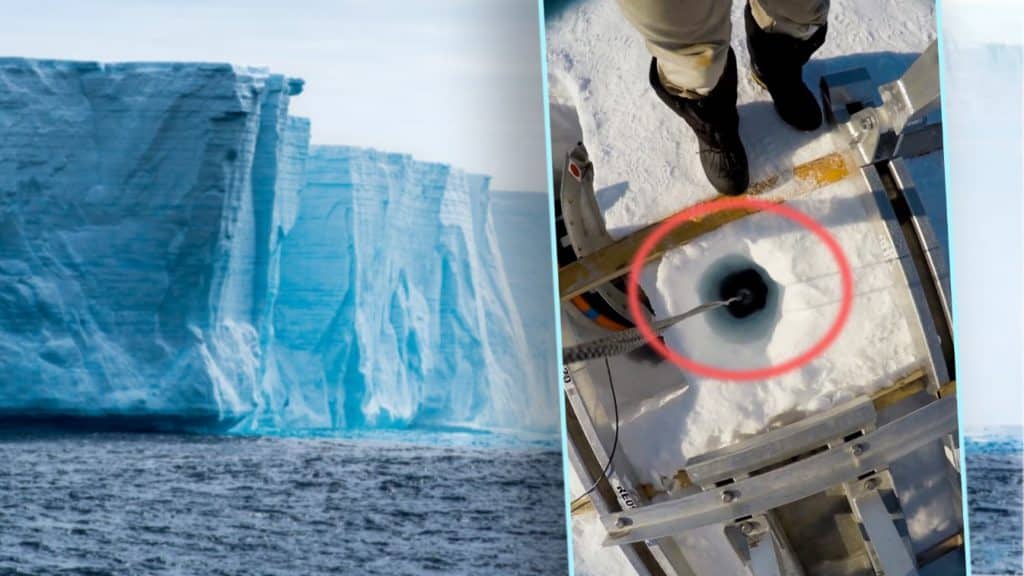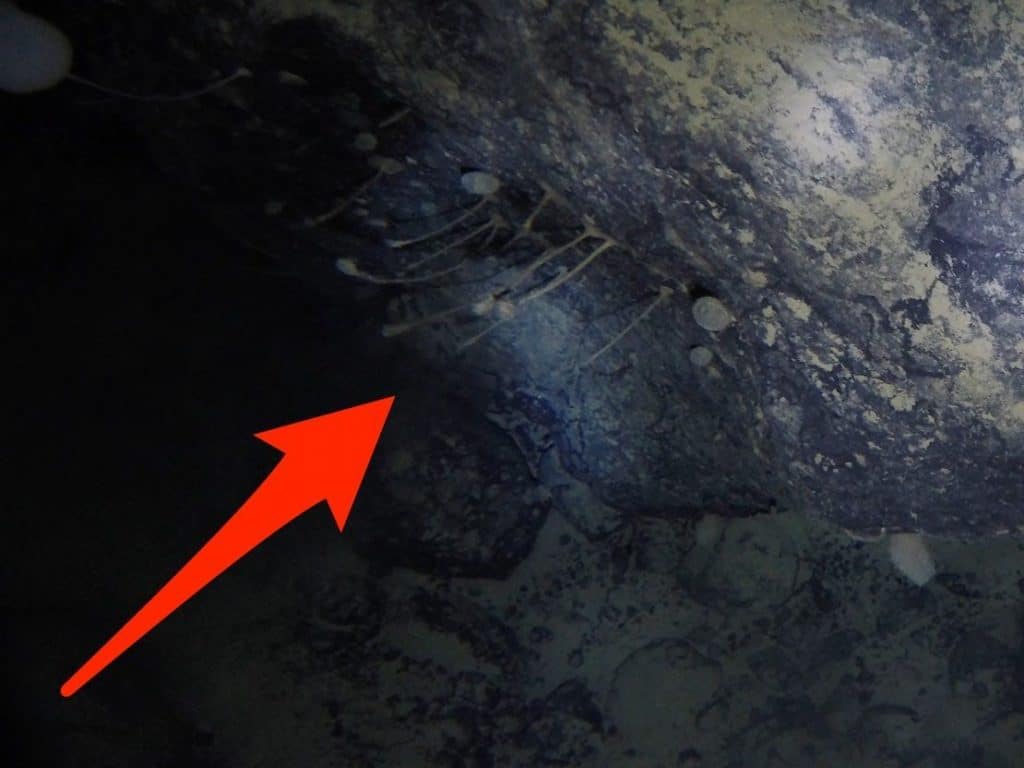
Scientists found life buried under 3,000 feet of ice in Antarctica, challenging the assumption that nothing could live in such conditions. The team of British scientists was surprised to find life thousands of feet beneath the ice of Antarctica, in a sub-freezing environment where sunlight never reaches.
Scientists previously thought Antarctica’s frigid temperatures and lack of light and food made it impossible for living creatures to thrive. The discovery happened during an exploratory mission at the Filchner-Ronne Ice Shelf when a team of geologists hit a rock instead of the ocean floor after drilling through 3,000 feet of ice.

The geologists were more than 150 miles from the open ocean when they bored a hole through the 3,000-foot-thick ice with a hot-water drill and lowered a coring device and a video camera into the dark seawater below it.
They had expected the seafloor to be mud, but were dismayed when they hit a boulder, which meant they couldn’t get the intended sediment samples. But to their surprise, the camera showed colonies of “stationary” animals attached to the rock – probably sponges and related sea creatures.
The creatures were found attached to a boulder in the arctic seas under the Filchner-Ronne ice shelf. Experts from the British Antarctic Survey drilled through 2,860 feet of ice before making the discovery.
Recommended: Billionaires emit a tone of Co2 more than average person
“This discovery is one of those fortunate accidents that pushes ideas in a different direction and shows us that Antarctic marine life is incredibly special and amazingly adapted to a frozen world,” says biogeographer and lead author, Dr. Huw Griffiths of the British Antarctic Survey.
«Our discovery raises so many more questions than it answers, such as how did they get there?» Griffith said in a press release. «What are they eating? How long have they been there?»
The scientists said their next step was to understand whether the animals were from a previously unknown species.





